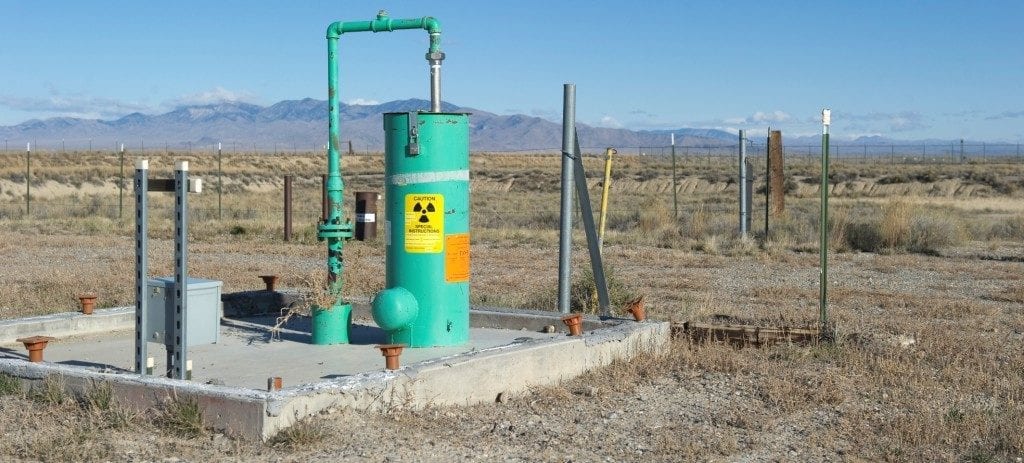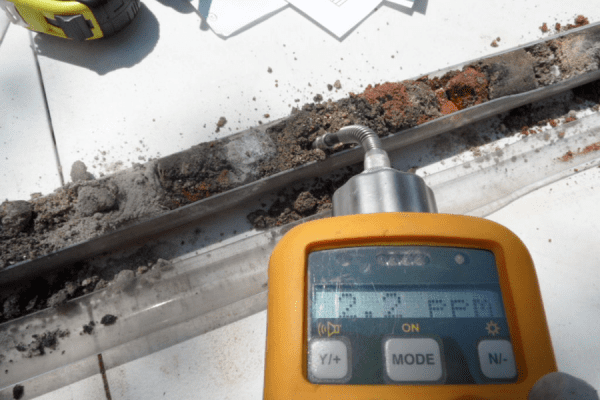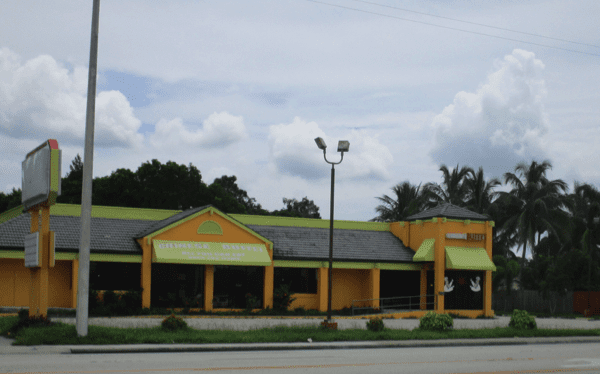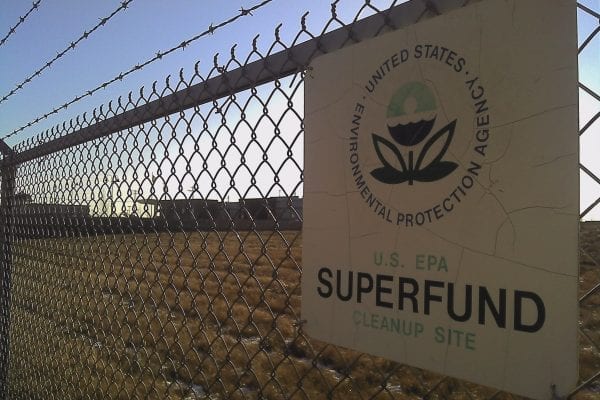Nobody likes to hear that a potential development site has contamination on it. Nevertheless, it is certainly better to hear this before a purchase rather than after. Unfortunately, developers often rush into a purchase without adequate environmental due diligence, and wind up with unpleasant news on the wrong side of the closing date.
Even in cases where some contamination was expected, the cost to remediate can substantially exceed expectations and jeopardize the project if not investigated adequately prior to purchase.
Smart developers take the time to do appropriate due diligence, whether they’re considering a brownfield site or just an empty tract of land, starting with a Phase I Site Assessment and proceeding as far as necessary to understand the extent and cost to remediate any contamination that may exist on the property.
Here’s what you need to understand about the factors impacting contamination remediation, before making the decision to move forward.
The type of contamination matters
Some types of contamination are relatively simple to clean up, while others can take months or years. For instance, although it gets a lot of bad publicity, petroleum contamination is, all else being equal, one of the simplest forms of contamination to remediate.
Dry cleaning chemicals, on the other hand, are one of the most difficult types. Because they don’t break down easily under oxygenated conditions, these chemicals require the use of extensive products and technologies, and can take months or even years to reduce to acceptable levels.
Landfill contamination is another of the more difficult types of contamination. A site that was previously used for dumping may off-gas chemicals for years after being closed. Even when the site has been sealed by modern techniques, there will be release valves to prevent excessive pressure build-up, which may make the site undesirable for certain types of development.
The geology of the property matters
In addition to the type of contamination, the physical characteristics of the site matter too. For instance, contamination in sandy soil is easier to remediate than in clay soil, especially if the contamination hasn’t reached the groundwater. Often, it can be remediated simply by removing the affected layers. Clay, on the other hand, can form cracks that funnel contamination into deeper layers and onto adjacent properties, greatly extending the extent of the contamination and the difficulty of cleaning it up.
Contamination that has reached the groundwater creates additional problems, and requires careful analysis of which direction the water flows in order to determine the potential extent. In some cases, remediation can be achieved by cleaning up the source and filtering the contaminated water. In other cases, the problem can go deeper and take years to remediate.
The extent of the contamination matters
Site contamination that is contained within the first few feet of soil, within a limited radius is a relatively simple matter to deal with. Contamination that extends into the groundwater and onto adjacent properties is much more complicated.
When considering a parcel of land to invest in, developers cannot afford to skimp on due diligence. Qualified environmental professionals can help you determine whether a property you’re considering is a good candidate based on its contamination status. A Phase I Site Assessment, potentially followed by Phase II and a Contamination Assessment, if necessary, will help prevent unpleasant and expensive surprises.






